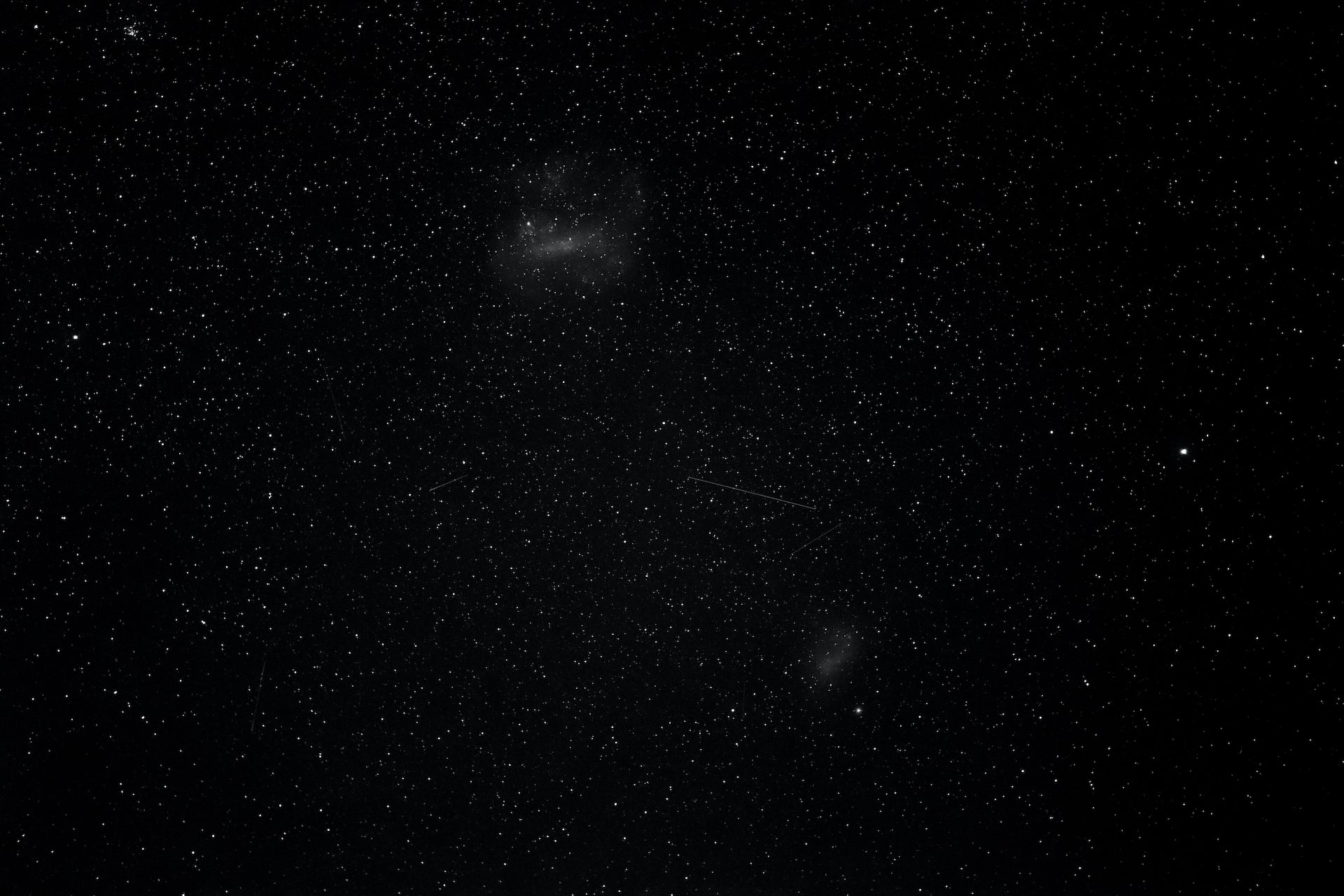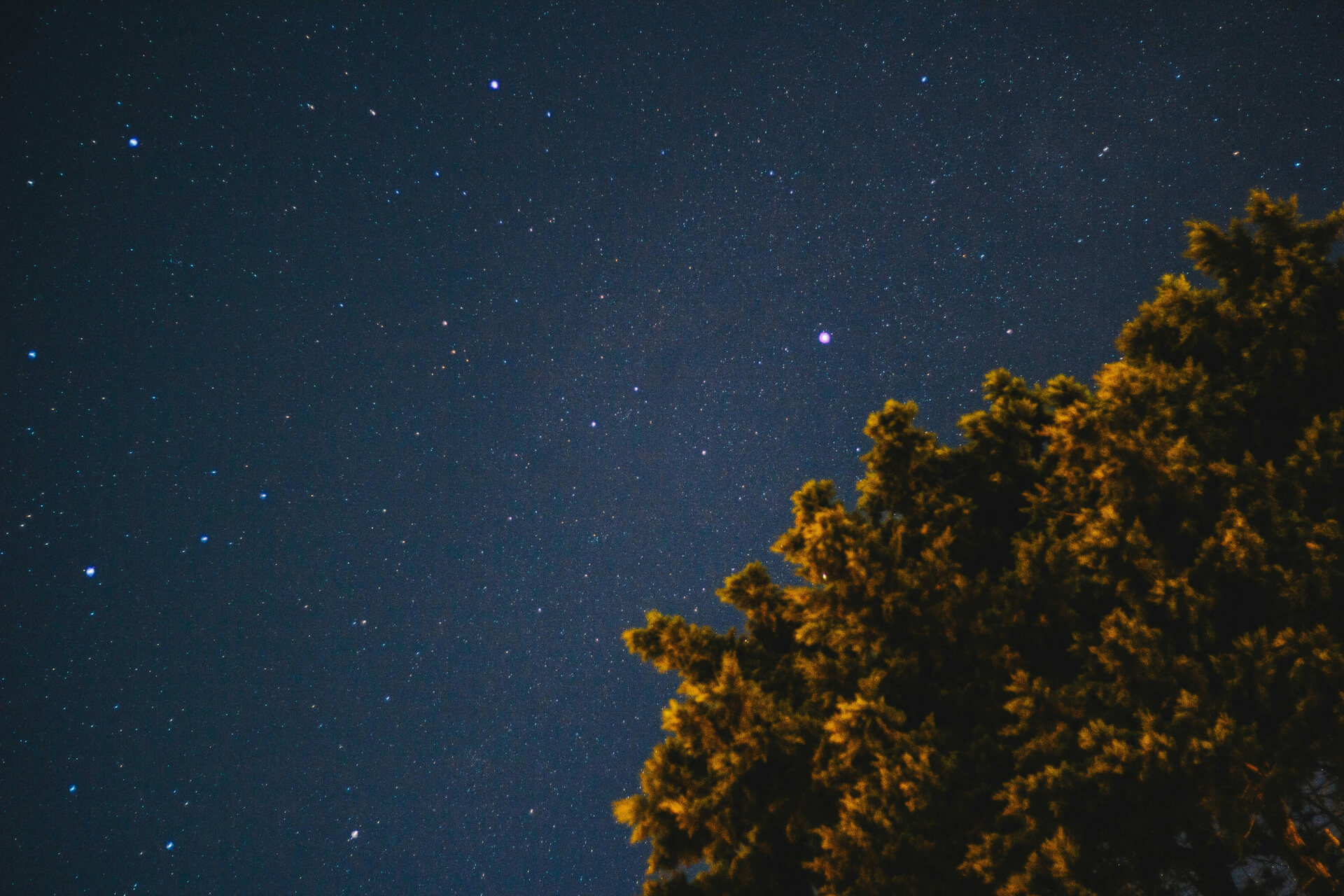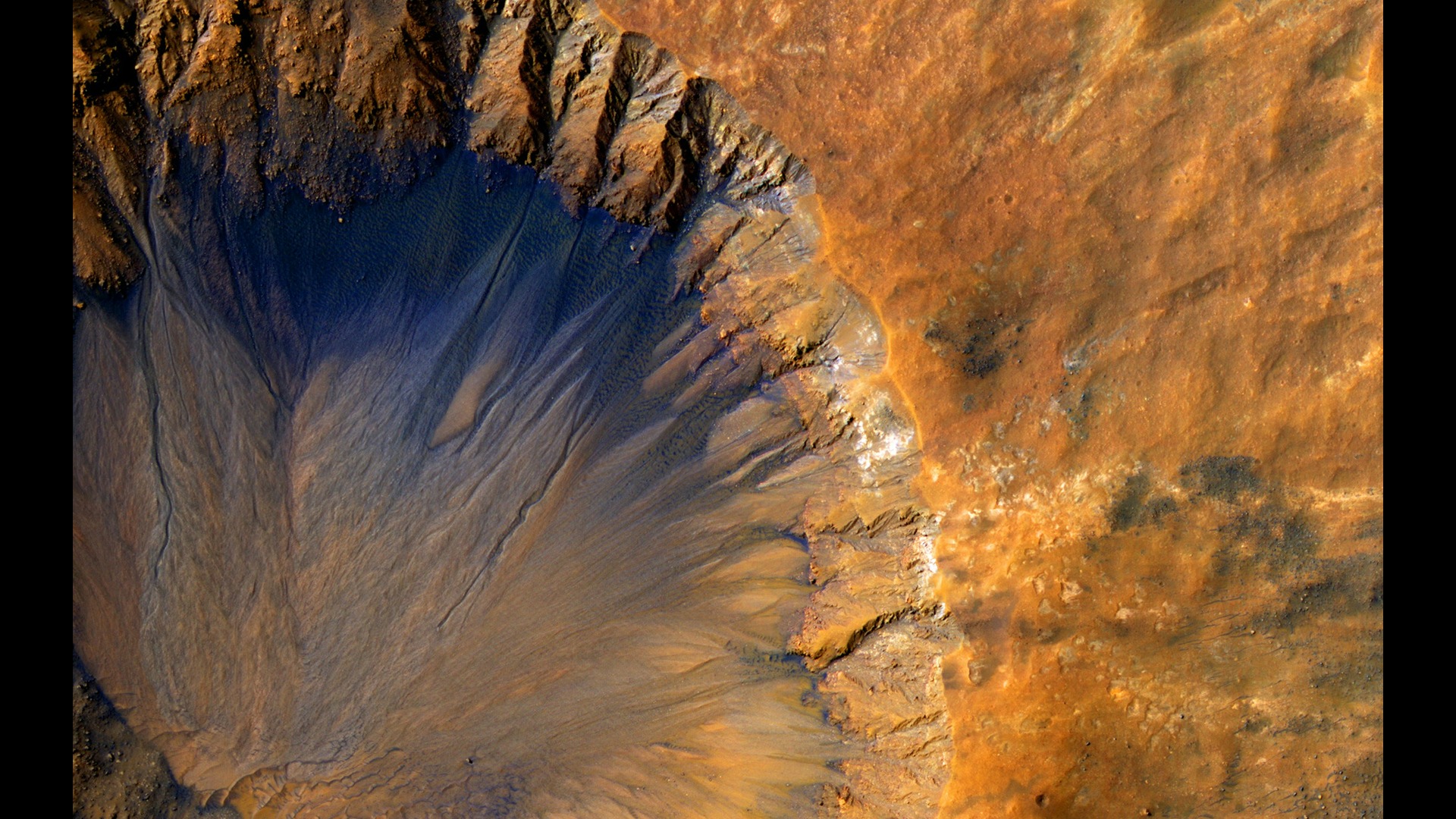
A Little Strange: Facts About Irregular Galaxies
December 28, 2022 - Emily Newton
Revolutionized is reader-supported. When you buy through links on our site, we may earn an affiliate commission. Learn more here.
There are a lot of galaxies floating around out there in the black. In 2020, astronomers estimated there are approximately 2 trillion galaxies in the known and observable universe — before the James Webb Space Telescope (JWST) went live. We’ve already explored spiral, barred spiral, and elliptical galaxies. What’s left? The rare and humble irregular galaxy. What makes a galaxy irregular? Read on as we explore some fascinating facts about irregular galaxies.
They Don’t Match Any Other Galaxy Descriptor
Irregular galaxies get their classification because they don’t match any of the other galaxy descriptors. Spiral galaxies — including the barred spiral — have their iconic shapes and arms stretching out into the cosmos. Elliptical galaxies are enormous, spreading out across many light-years. What do you do with the galaxies that fall in the middle between the two descriptors?
That is where our facts about irregular galaxies begin.
Astronomers treat irregular galaxies as an in-between — something to fill the space between spiral and elliptical galaxies on the description chart. Still, they have a few secrets of their own.
No Black Holes Here!
One thing spiral and elliptical galaxies have in common is the supermassive black hole that rests in their cores. Ellipticals often have more than one because they form from the collision of two or more spiral galaxies. Irregular galaxies don’t have a black hole. They don’t have a bulge, which makes them stand apart from their galactic counterparts.
These galaxies may contain smaller stellar black holes that form after the collapse of a star, but their relatively young age means these gravity wells would be few and far between if they existed. Large stars that could form black holes on their death tend to burn for billions of years. The largest stars burn faster than our sun, though, so there is the possibility for stellar black hole formation.
They Come in Three Flavors
Like the other types of galaxies we’ve discussed before, irregular galaxies have a few sub-categories to help astronomers define them. When we’re talking about irregular galaxies, you might see:
- Irr I: Irregular galaxies that might have some structure but aren’t organized enough to be classified as spiral or elliptical.
- Irr II: Irregular galaxies with no structure, just a ball of gas floating around in space.
- dIrr: Dwarf irregular galaxies, which in addition to being small (galactically speaking), may be some of the oldest galaxies in the known universe.
Perhaps the best-known examples of this type of galaxy are the Magellanic clouds. In addition to their irregular shape, the Large and Small Magellanic clouds are bright enough that you can spot them with the unaided eye at dark sky sites in the southern hemisphere.
They Contain High Gas and Dust Quantities
Their brightness is one of the things that makes these galaxies stand apart. They contain a high concentration of the gasses and dust necessary to create new stars. Like nebulae, these irregular galaxies can act like stellar nurseries, giving birth to hundreds of new stars throughout their life span. All these new stars mean an irregular galaxy can be much brighter than its spiral or elliptical counterparts.
Irregular galaxies can rival spiral galaxies when it comes to star production. Ellipticals — those massive structures that may be at the end of their galactic life cycle — don’t contain as much dust or gas. They also often contain multiple supermassive black holes because they form after two spiral galaxies collide. Those black holes consume all the gas and dust that could make new stars, leaving them in last place.
They’re Some of the Youngest Galaxies in the Universe
We’ve mentioned that dwarf irregular galaxies are some of the oldest celestial structures in our universe, but that doesn’t hold for the rest of this galactic category. Some of the galaxies astronomers have spotted — including those uncovered by the JWST — date back to the earliest days of the universe, just a few million years after the Big Bang.
Irregular galaxies aren’t that old. From what we’ve been able to measure, these galaxies tend to sit between 4 and 8 billion years old — much younger than those that date back more than 13 billion years, like GLASS-z13. This ancient galaxy appears to have formed just 300 million years after the Big Bang.
They’re Hard to Measure
While no one has a large enough measuring tape, we’ve been able to paint a pretty clear picture of the sizes of different galaxies. With irregular galaxies, accomplishing that task is infinitely more challenging. Their irregular shapes and sizes mean that typical measurement calculations don’t apply. It can be much more complicated to figure out how large a rough outline is than to use those exact measurements for a more symmetrical object.
It’s not impossible, but it’s like taking the equation to calculate the circumference of a circle — 2πr — and applying it to the outline of a textbook. It’s not impossible, but it does require a different formula to accomplish that task.
They Can Crash Into Larger Galaxies
Being the smallest isn’t always the best thing when you’re out there playing with the intergalactic big boys. Because of their small size, irregular galaxies are often prone to crashing into more giant galaxies. These collisions may even play a role in their irregular shape, leaving them struggling to cling to any remaining fragments after they run headlong into a spiral or elliptical galaxy.
Exploring the Universe
There is still so much about the universe we call home that we don’t understand, but we’re learning more every day. A list of facts about irregular galaxies today might look different from the same list in 50 years. We know now that these galaxies help fill the classification gap between spiral and elliptical galaxies, but they’re also one of the biggest star producers in the universe.
If that’s what we know today, imagine what we’ll know tomorrow, next year, or 100 years from now. We’re getting ready to explore the universe, and our observations from Earth are just the first step — the foundation to launch us into the stars. We can’t wait to see where it goes next.
Revolutionized is reader-supported. When you buy through links on our site, we may earn an affiliate commission. Learn more here.
Author
Emily Newton
Emily Newton is a technology and industrial journalist and the Editor in Chief of Revolutionized. She manages the sites publishing schedule, SEO optimization and content strategy. Emily enjoys writing and researching articles about how technology is changing every industry. When she isn't working, Emily enjoys playing video games or curling up with a good book.








I love this website
this website loves you